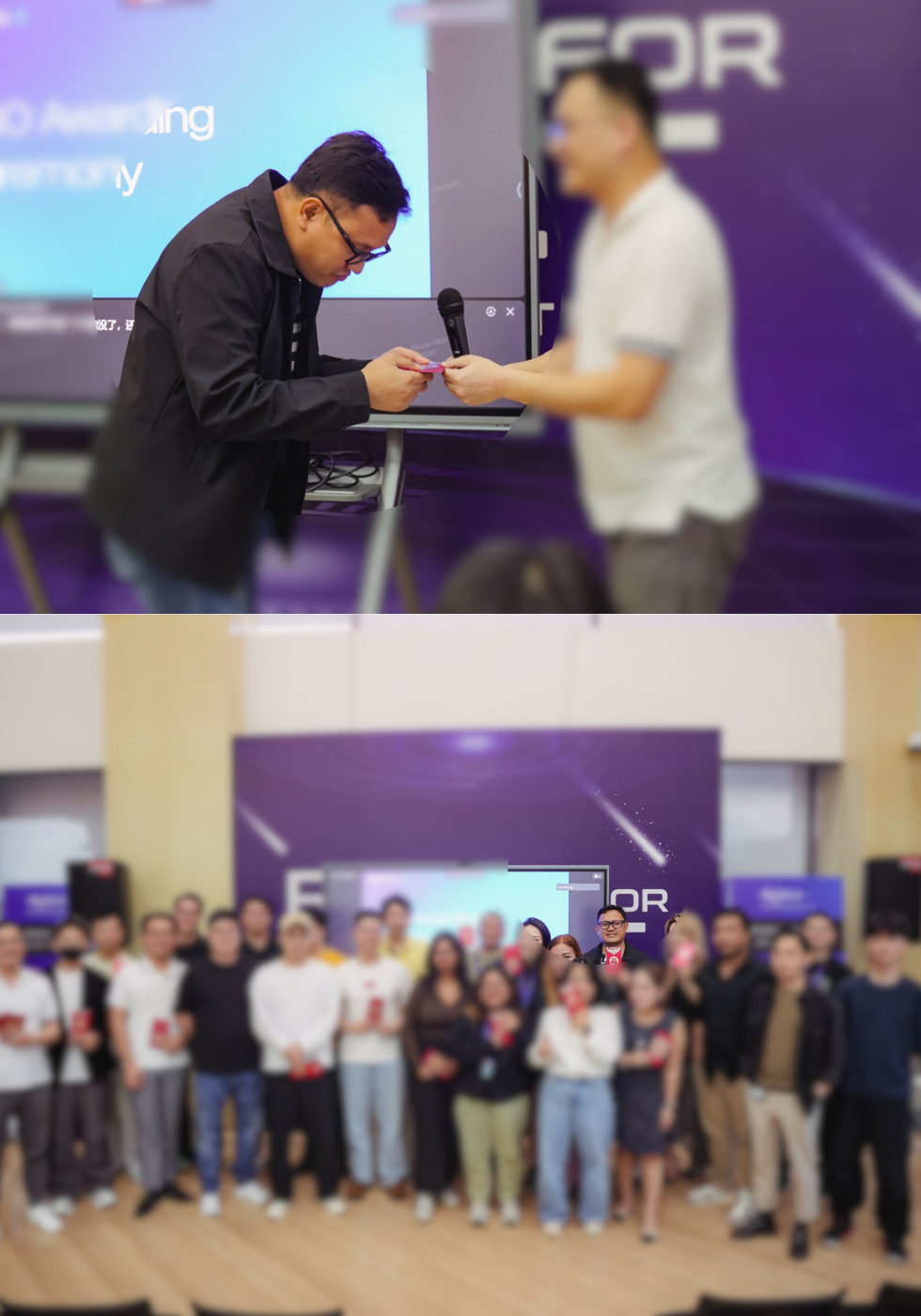The Untapped Goldmine:
Let Employees Share Ideas Freely
The Hidden Value of Employee Ideas
Why Listening to Your People Unlocks Innovation
Every company has untapped solutions hiding in plain sight. They’re not in strategy decks or consultant reports—they’re in the lived experiences of employees who face daily challenges head-on. The tragedy? Most of these ideas never leave private conversations or chats.
When companies create a safe, open way for employees to share ideas, they unlock faster fixes, stronger culture, and innovation that doesn’t require massive budgets.
According to Gallup, organizations with highly engaged employees see 21% higher profitability compared to their peers. One powerful driver of engagement? Giving people a voice.

A Simple Framework
for Employee Ideas
To make idea-sharing easy and structured, I like to use a lightweight template:
🔍 Problem / Insight
💡 Idea / Suggestion
🎯 Impact (who benefits & how we’ll know)
🚀 First Step / MVP
👥 Suggested Owners/Partners
⏱ Pilot Duration & Success Criteria
This framework forces clarity: What’s the issue?
What’s the proposal?
Who benefits?
And how do we test it small before rolling it out big?
Putting It Into Practice:
My Rainy Season Commute Idea
One rainy morning in Manila, half of my team arrived soaked and late. The downpour had left them stranded without reliable transport. That moment made me realize: commuting in the rainy season wasn’t just inconvenient—it was draining productivity and morale.
When DigiPlus launched Idea+ on Lark—a channel where employees could post suggestions openly—I used this framework to share my solution: Rainy Season Commute.
🔍 Problem / Insight
Commuting becomes a major challenge for employees without private vehicles during the rainy season, often affecting attendance and overall energy.
💡 Idea / Suggestion
Launch a Rainy Season Commute+ Program that provides flexible transport support for non-car users.
🎯 Impact
Improves reliability of attendance, shows empathy for employee needs, promotes sustainability, and boosts morale during the stressful commute season.
🚀 First Step / MVP
Conduct a short survey to map non-car users and identify common routes. Use results to pilot a limited shuttle, carpool, or ride subsidy program for key areas during Q4 rainy weeks.
👥 Suggested Owners/Partners
Admin and HR teams, with input from employees in high-density clusters.
⏱ Pilot Duration & Success Criteria
4 weeks, measured by reduced late-ins, uptake of transport options, and employee satisfaction scores.
Within days, the post gained 60+ likes and comments. What mattered even more was what followed: colleagues began adding their own ideas, building on the momentum. Management eventually joined the conversation, posting questions for employees to answer and announcing that the best suggestions would be rewarded. I was fortunate enough to be one of those recognized—proof that leadership wasn’t just listening but also valuing contributions.
Benefits
Why More Companies Should Do This
The lesson here isn’t just about shuttles or carpools. It’s about the principle: when employees are given a mic, they don’t just complain—they design solutions.
The benefits ripple across the organization:
-
Leaders gain visibility on issues that metrics can’t always capture.
-
Employees feel trusted and empowered to shape their workplace.
-
Organizations move faster, with pilot-ready ideas backed by collective validation.
And here’s the kicker: employees often design cost-effective, scalable fixes because they know what’s practical day-to-day.
Some Questions:
What “Dare to Innovate” Means to Me
When we talk about innovation at work, it often feels like something reserved for big R&D budgets, tech breakthroughs, or leadership teams. But in reality, daring to innovate starts much smaller—with the courage to voice an idea, question the status quo, or suggest a simple change that makes people’s lives easier.
Here’s how I personally define and practice it:
How do you personally define “dare to innovate”?
It means being brave enough to share ideas—even if they’re unpolished—because progress often starts with something imperfect.
Can you share a time when you demonstrated this value in action?
I experienced this firsthand when I proposed the Rainy Season Commute+ program. It wasn’t a radical transformation, just a practical solution to a common problem. But posting it openly encouraged others to join in, and it gained momentum until management stepped in to recognize and reward the idea.
What does innovation look like in your day-to-day work?
For me, it’s the mindset of asking: “How can this be better?” Whether it’s in communication, processes, or employee experience, I look for small, actionable ways to improve.
What kind of team environment helps people truly dare to innovate?
An environment where people feel safe to speak up without fear of being judged or dismissed. Innovation thrives where leaders listen, peers support, and feedback loops are clear.
What are some practical ways to bring ‘dare to innovate’ to life at work?
-
Provide open platforms where ideas can be shared transparently.
-
Pilot ideas quickly instead of waiting for perfect plans.
-
Recognize contributions, not just successful outcomes—because courage deserves credit too.
What small actions can promote ‘dare to innovate’ every day?
Leaders can set the tone by sharing their own “work-in-progress” ideas. Employees can commit to bringing one small suggestion forward each month. Over time, these little actions build a culture where innovation isn’t rare—it’s routine.
Conclusion:
The Takeaway
Open idea-sharing isn’t just about gathering suggestions—it’s about building a workplace where innovation is everyone’s job. My own experience with DigiPlus’ Idea+ showed me that when employees are encouraged to share, they not only offer solutions but inspire others to join in. And when leadership rewards those efforts, it completes the loop: courage, action, and recognition.
The next time you’re tempted to wait for the next big strategy offsite, try something simpler: open a channel, share a framework, and reward the voices that speak up. You might find that the best innovations aren’t waiting outside your company—they’re already here, waiting to be heard.


